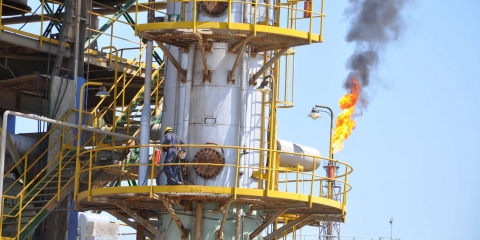ISIS Finds a Niche in Northern Iraq
The Qara Chokh mountain range in northern Iraq is remote, parched and inhospitable. That’s what makes it attractive to the core of Islamic State, which has survived the four-year U.S.-led war against its caliphate. ISIS is now regrouping near here and in similar hard-to-reach corners of Iraq and Syria. The terror group isn’t finished. “It’s […]Jonathan Spyer writes for The Wall Street Journal:
The Qara Chokh mountain range in northern Iraq is remote, parched and inhospitable. That’s what makes it attractive to the core of Islamic State, which has survived the four-year U.S.-led war against its caliphate. ISIS is now regrouping near here and in similar hard-to-reach corners of Iraq and Syria. The terror group isn’t finished.
“It’s more than 15 years that there is al Qaeda here,” says Lt. Col. Surood Barzanji, an officer of the Kurdish Peshmerga’s 14th Brigade, currently tasked by the Kurdish Regional Government with maintaining security in the mountain area. “They changed their name to Daesh”—the Arabic acronym for ISIS—“and now there is another one coming. A new one.” We look across the Hussein al-Ghazi Pass toward an imposing warren of caves where, he says, ISIS fighters are living. Two miles away, the first checkpoints of the Iraqi Security Forces are visible. In the no man’s land between Kurdish and Iraqi forces, Islamic State finds its niche.
Later, in a Peshmerga briefing room on the mountain, Col. Barzanji traces the route ISIS men use to reach their haven in the caves. It begins on the western side of the Tigris River, south of Mosul around the town of Hamam Alil. This region of Iraq is known to local residents, Peshmerga and Arab fighters alike as “Kandahar”—like the famously violent province of Afghanistan—because of the strength of support there for the Sunni jihadist cause.





